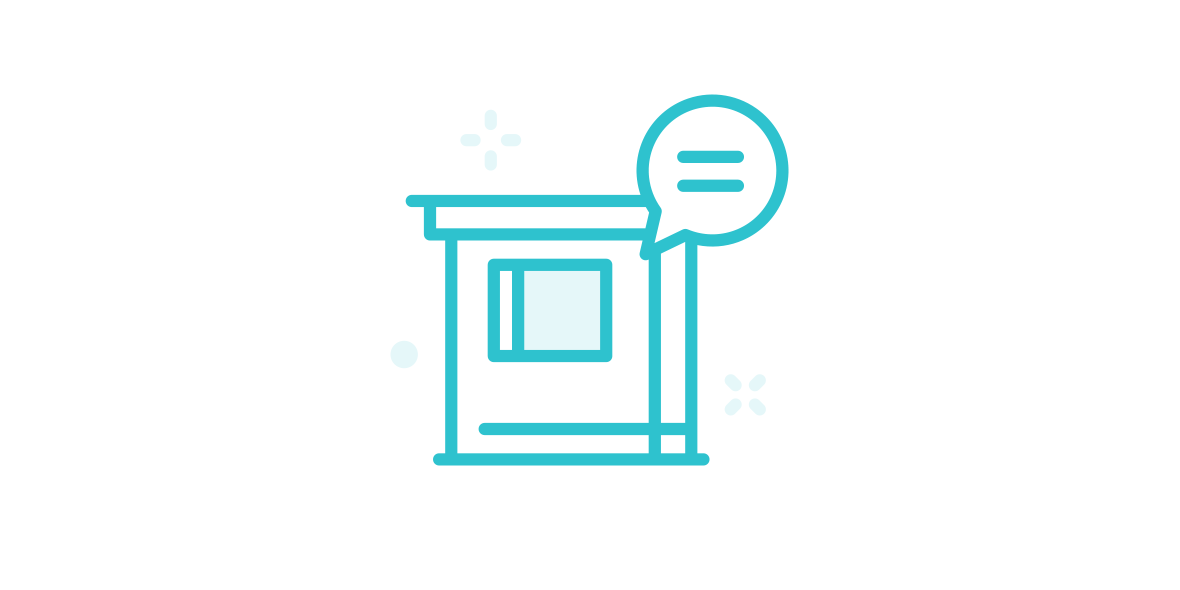‘We are looking for a simultaneous translator in Berlin.’
Messages containing the above statement land in my inbox on a frequent basis. Customers often refer to a simultaneous interpreter as a simultaneous translator or sometimes live translator. While none of these terms are technically correct, I do of course know what potential customers are looking for in this case.
What exactly does a simultaneous interpreter do?
A simultaneous interpreter makes sure that the message comes across to all listeners without a noticeable time lag. This is how it works: The interpreters work in a soundproof booth where they hear the speaker through headphones. Simultaneously – almost at the same time as the speaker – they deliver the speech in the target language. This way, listeners that do not understand German, for instance, can listen to the English version provided by the simultaneous interpreters, and there are no delays or disruptions of the event. Simultaneous interpreters work in teams of two or three people per language combination. They take turns every 20-30 minutes, because even a well-trained interpreter’s brain needs a break after performing such cognitively strenuous task.
Most conference interpreters also offer consecutive and liaison interpreting. Simultaneous interpreters are often found at conferences, conventions and lectures.
Chuchotage (Whispered Interpreting)
Chuchotage is a specific type of simultaneous interpretation. It is often referred to as whispered interpretation, because the interpreter whispers directly into the listeners’ ears. For small groups, a microphone and receivers may be used. However, chuchotage is only suitable for a small number of listeners and a short time span. To ensure a flawless delivery and avoid disturbing the other listeners, simultaneous interpretation in the booth is the preferable option for conferences.



